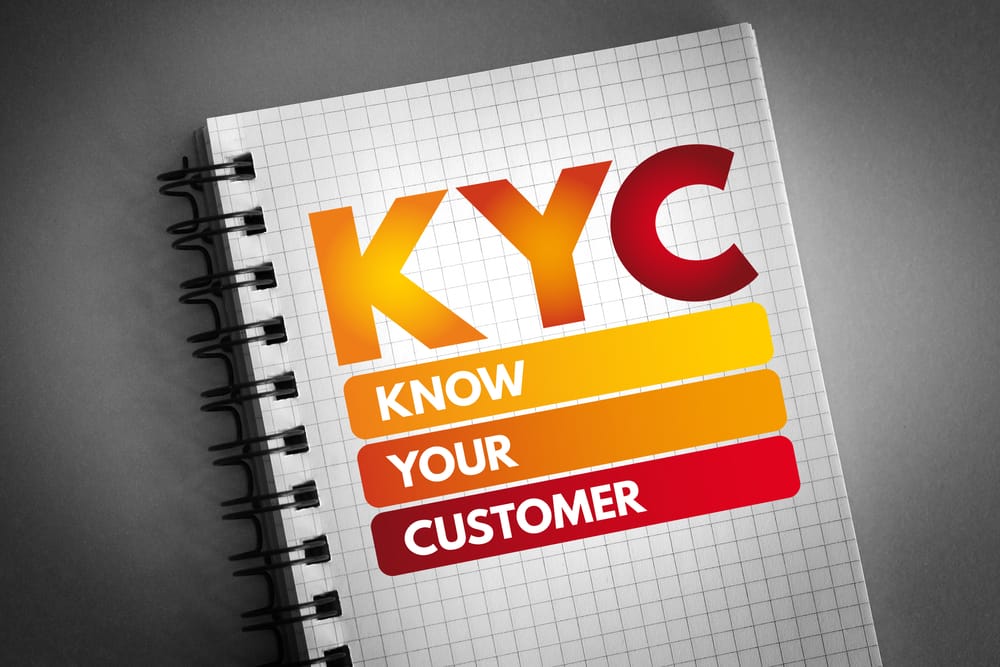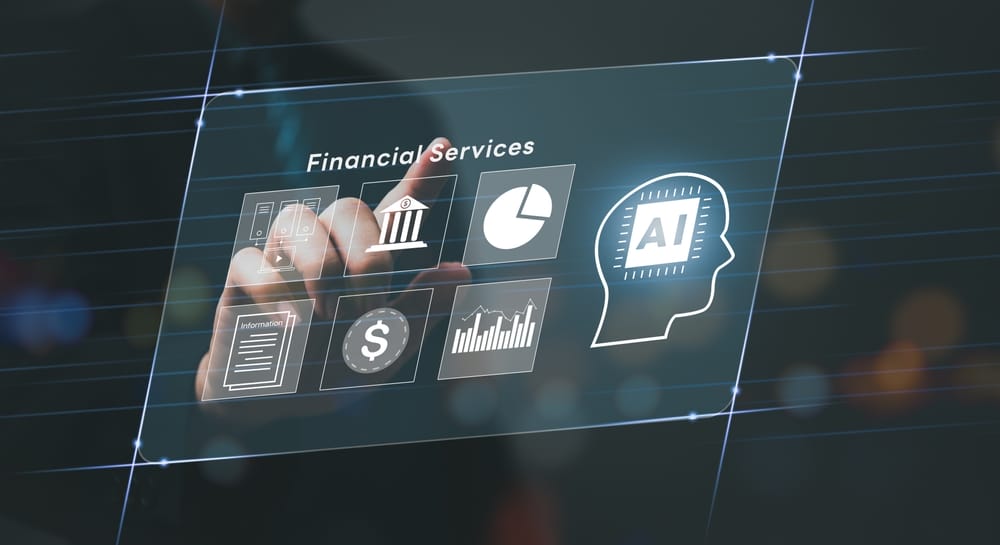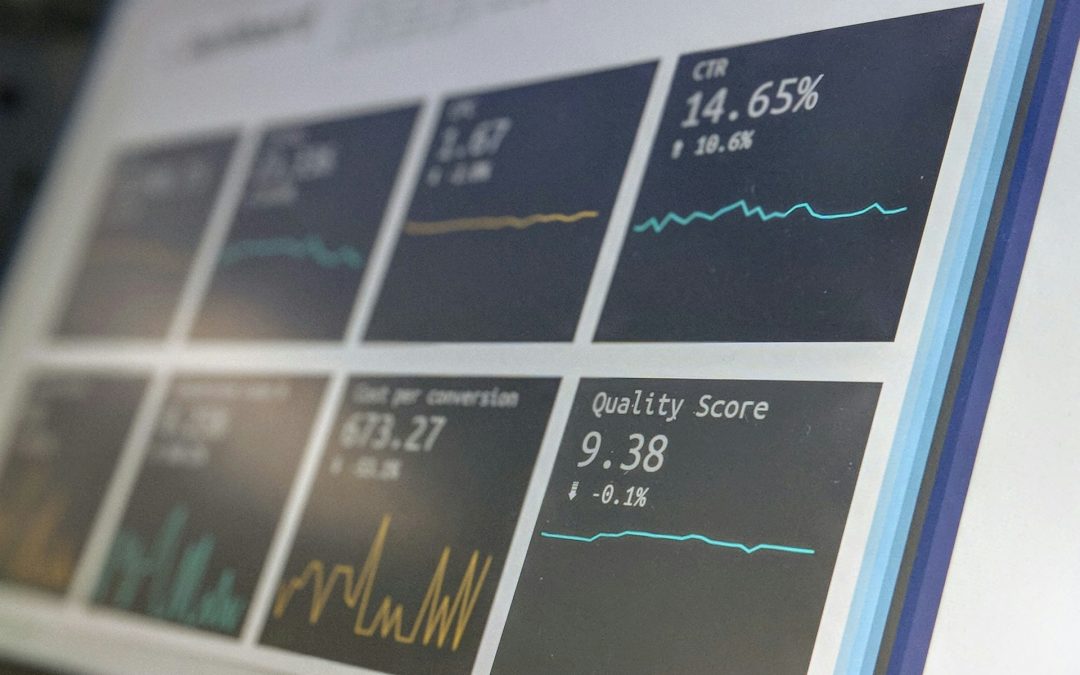
Global AML Regulations: What You Need to Know
Anti-Money Laundering (AML) regulations are critical for financial institutions worldwide to prevent money laundering and other financial crimes. This article provides an overview of global AML regulations, highlighting the key requirements and best practices to ensure compliance.
Understanding Global AML Regulations
AML regulations are laws and guidelines designed to prevent money laundering, terrorist financing, and other illicit financial activities. These regulations vary by country but share common objectives of ensuring financial institutions implement measures to detect, prevent, and report suspicious activities.
Key Global AML Regulatory Frameworks
1. Financial Action Task Force (FATF)
Description: FATF is an intergovernmental body that sets international standards for AML and combating the financing of terrorism (CFT).
Key Requirements:
- Risk-Based Approach: Financial institutions must implement a risk-based approach to AML/CFT.
- Customer Due Diligence (CDD): Verify the identity of customers and assess their risk profile.
- Suspicious Activity Reporting (SAR): Report suspicious transactions to relevant authorities.
- Record Keeping: Maintain records of transactions and customer information.
Best Practices:
- Adopt FATF Recommendations: Ensure compliance with FATF recommendations and guidance.
- Conduct Regular Risk Assessments: Regularly assess and update risk profiles based on changing circumstances.
- Implement Robust Reporting Mechanisms: Develop systems for timely and accurate reporting of suspicious activities.
2. European Union (EU) AML Directives
Description: The EU has implemented several AML directives to harmonize AML regulations across member states.
Key Requirements:
- Customer Due Diligence (CDD): Verify the identity of customers and beneficial owners.
- Enhanced Due Diligence (EDD): Apply enhanced measures for high-risk customers and transactions.
- Politically Exposed Persons (PEPs): Implement specific measures for PEPs and their associates.
- Beneficial Ownership Registers: Maintain registers of beneficial ownership information.
Best Practices:
- Align with EU Directives: Ensure compliance with the latest EU AML directives.
- Use Technology for CDD: Implement digital solutions for efficient and accurate customer due diligence.
- Monitor PEPs: Regularly update and monitor PEP lists to ensure compliance.
3. United States Bank Secrecy Act (BSA)
Description: The BSA is a key AML regulation in the United States, requiring financial institutions to implement measures to detect and report money laundering.
Key Requirements:
- Suspicious Activity Reporting (SAR): Report suspicious transactions to the Financial Crimes Enforcement Network (FinCEN).
- Currency Transaction Reporting (CTR): Report transactions involving large sums of cash.
- Customer Identification Program (CIP): Verify the identity of customers at account opening.
- Record Keeping: Maintain records of transactions and customer information.
Best Practices:
- Automate Reporting: Use automated systems to detect and report suspicious activities promptly.
- Regular Training: Provide ongoing training for employees on BSA requirements and best practices.
- Conduct Internal Audits: Regularly audit AML compliance programs to ensure adherence to BSA regulations.
Challenges in Complying with Global AML Regulations
1. Evolving Regulatory Landscape
Challenge: Keeping up with constantly changing regulations and ensuring compliance across multiple jurisdictions.
Solution:
- Regulatory Intelligence: Use regulatory intelligence tools to stay updated on regulatory changes.
- Flexible Compliance Programs: Develop flexible compliance programs that can adapt to new regulations.
2. Technological Advancements
Challenge: Adapting to new technologies and integrating them into existing compliance frameworks.
Solution:
- Continuous Innovation: Invest in new technologies and continuously innovate compliance processes.
- Integration with Existing Systems: Ensure new technologies integrate seamlessly with existing systems.
3. Resource Constraints
Challenge: Limited resources for compliance activities, especially for smaller financial institutions.
Solution:
- Outsourcing and Partnerships: Consider outsourcing compliance functions or partnering with RegTech providers.
- Automation: Automate routine compliance tasks to free up resources for more strategic activities.
Understanding and complying with global AML regulations is essential for financial institutions to prevent money laundering and other financial crimes. By adhering to key regulatory frameworks such as FATF, EU AML directives, and the US BSA, institutions can ensure compliance and protect their reputation. Implementing best practices, leveraging technology, and staying updated with evolving regulations will help financial institutions maintain a robust AML compliance framework and mitigate the risks associated with financial crimes.





